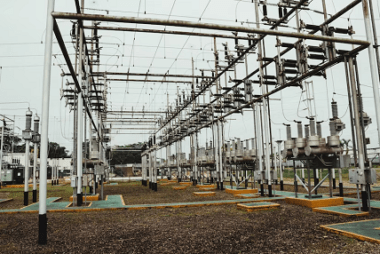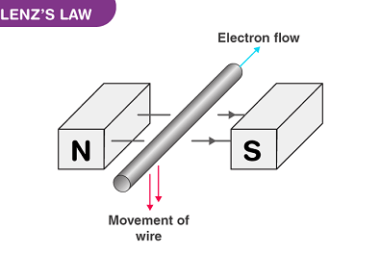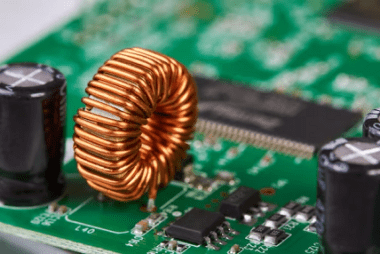Advance Course AIIMS-SYLLABUS Physics syllabus Optics
Optics Optics is a branch of physics that deals with the study of light and its behavior. It focuses on understanding how light interacts with various objects and materials. Optics can be divided into two main branches: Optics has wide-ranging applications in various fields, including astronomy, photography, medicine (such as in ophthalmology and microscopy), telecommunications…









